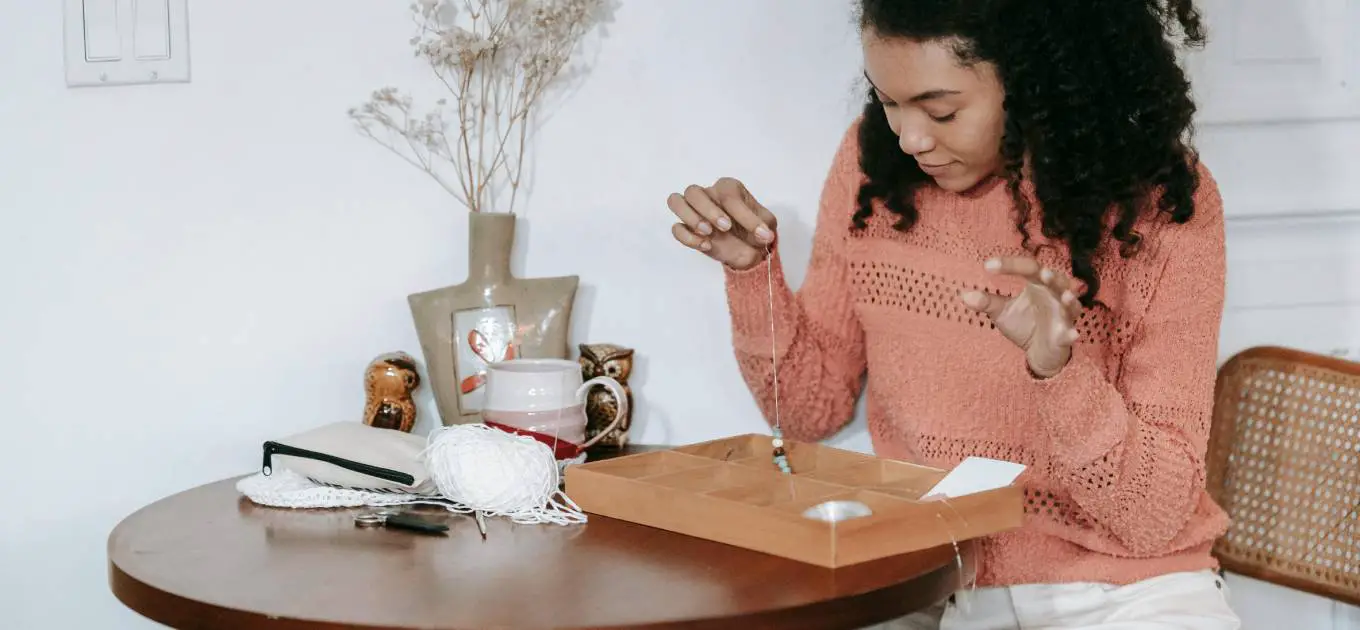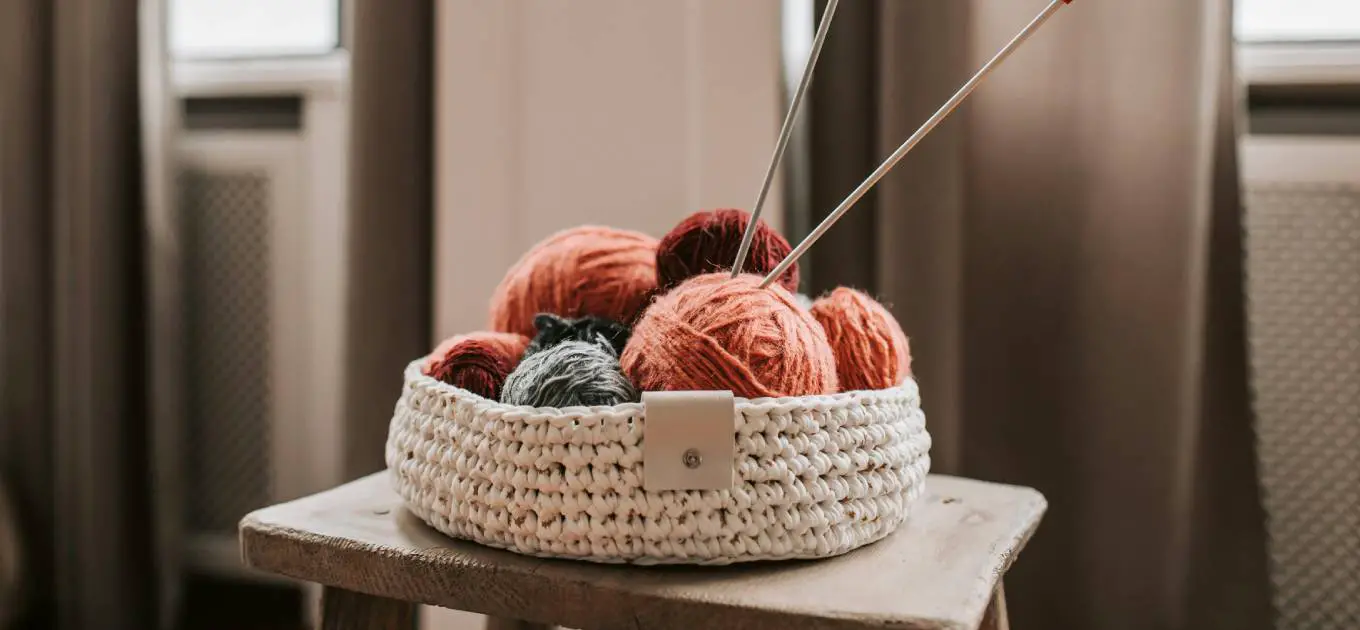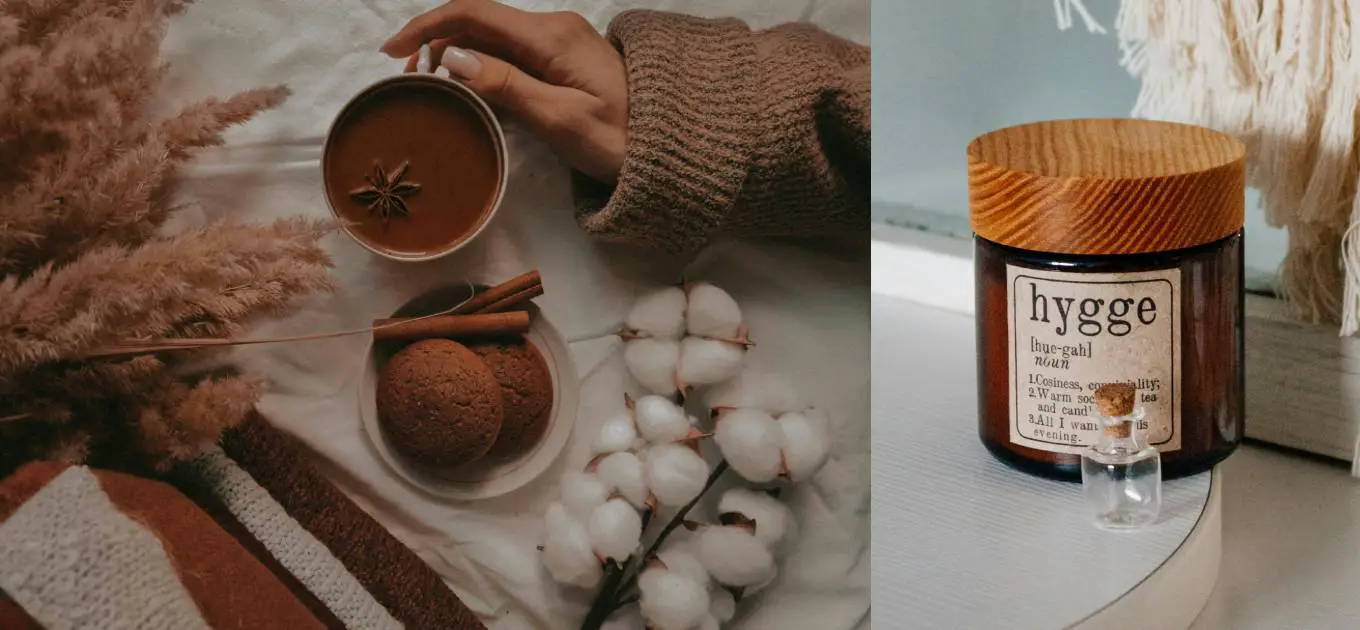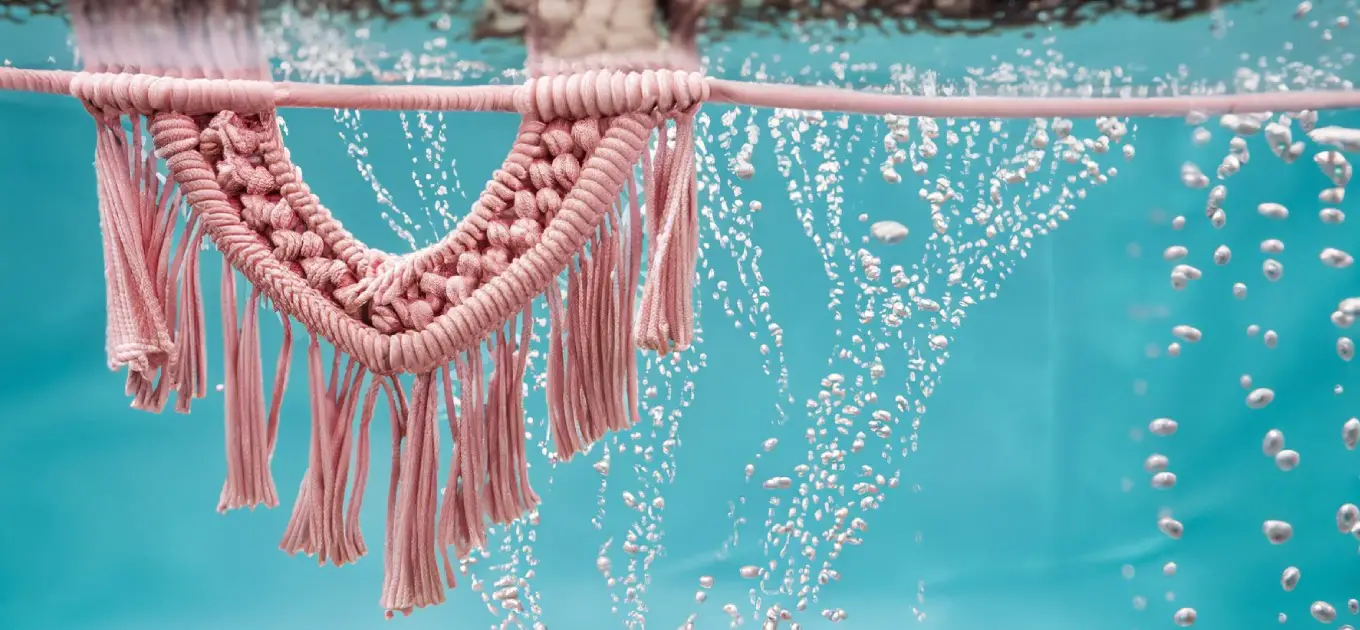
Can Macrame Get Wet? How to Clean Macrame
September 12, 2023 by Kate
Can Macrame get wet?
Macrame can get wet, but it’s essential to be cautious, as excessive moisture can weaken the fibres over time and may lead to mildew or mould growth. Consider using it in sheltered outdoor areas or keeping it away from direct contact with water in indoor settings. To protect your macrame pieces, you can apply a fabric protector spray designed for natural fibres and regularly inspect them for any signs of damage or moisture-related issues.
Macrame has made a major comeback in recent years as a popular decor trend, but many people are still uncertain about how to clean and care for their beautiful handmade creations. One common question that arises is, “Can macrame get wet?” In this blog post, we’ll delve into the world of macrame care and address all your concerns about washing and maintaining your macrame pieces.
Understanding Water-Resistance and Moisture Effects
Macrame, with its intricate knotting and beautiful designs, has become a staple in home decor and fashion. However, many enthusiasts wonder whether macrame can withstand exposure to water. In this section, we’ll delve into the water-resistance of macrame and how moisture can impact these delicate creations over time.
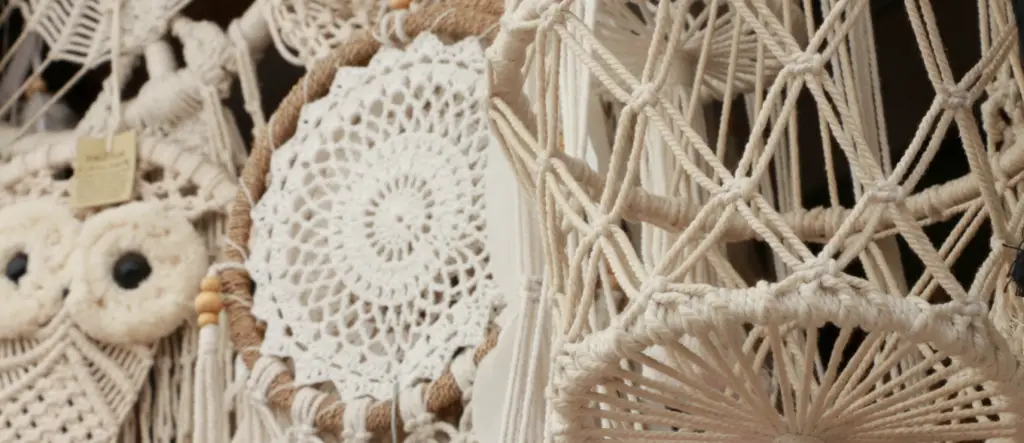
Materials Used in Macrame and Their Water-Resistance
Macrame is primarily crafted using natural fibres such as cotton, jute, hemp, and linen. The water-resistance of macrame largely depends on the type of material used:
1. Cotton: Cotton macrame is relatively water-absorbent. It can become heavy and take longer to dry when exposed to water. However, it is less likely to suffer structural damage from occasional moisture.
2. Jute and Hemp: These natural fibres are more water-resistant than cotton. Jute and hemp macrame can handle light exposure to water without significant damage, but prolonged soaking should still be avoided.
3. Linen: Linen macrame tends to be more water-resistant compared to cotton but may still absorb moisture if exposed for extended periods.
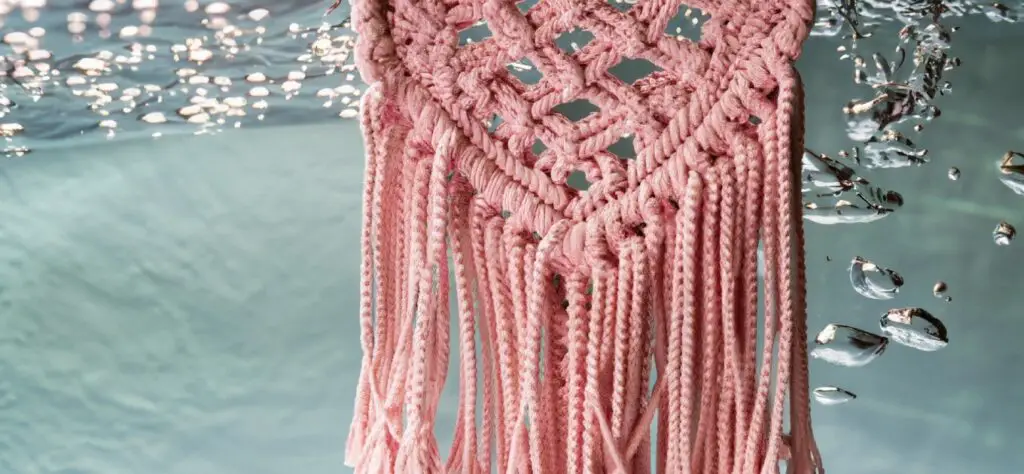
How Moisture Affects Macrame Over Time:
Moisture can have several effects on macrame over time, and understanding these impacts is crucial for proper care:
1. Weakening of Fibres: Prolonged exposure to moisture can weaken the natural fibres in macrame. This can lead to stretching, sagging, or fraying of the knots and cords, ultimately compromising the structural integrity of the piece.
2. Mould and Mildew Growth: Moist conditions can encourage the growth of mould and mildew on macrame, especially if it is not dried properly. This not only affects the aesthetics but also poses health concerns.
3. Colour Fading: Water exposure can cause the colours in dyed macrame to fade over time, making the piece lose its vibrancy.
4. Odour and Stains: In humid or damp environments, macrame may develop unpleasant odours and become more susceptible to staining from dirt and other substances.
In summary, while macrame can tolerate light exposure to water and occasional cleaning, it’s important to avoid prolonged contact with moisture to preserve the quality and appearance of your macrame creations. In the next sections of this blog, we will explore the proper methods for washing, cleaning, and maintaining macrame to ensure its longevity and beauty.
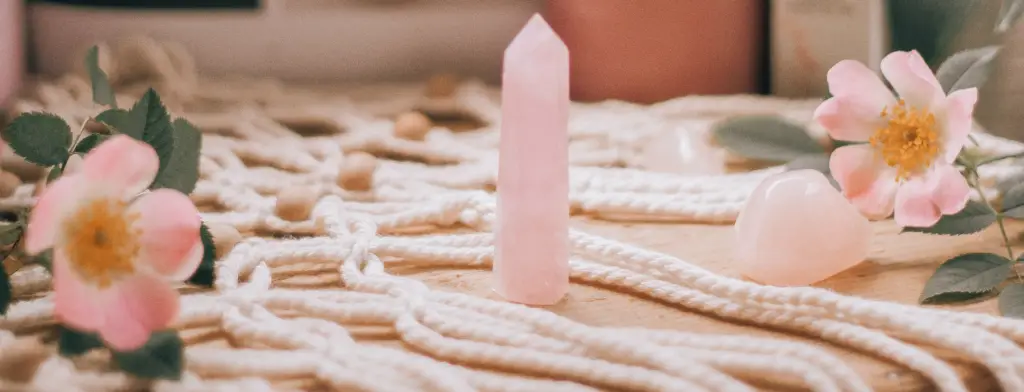
Washing Macrame: A Gentle Guide to Keeping Your Creations Clean
Macrame pieces can accumulate dust and dirt over time, and occasional washing can help rejuvenate their appearance. However, it’s essential to handle them with care during the washing process to avoid damage. Here are step-by-step instructions for hand-washing your macrame:
Step 1: Prepare Your Workspace
– Choose a clean and spacious area where you can work comfortably.
– Lay down a clean towel or soft cloth to protect your macrame from rough surfaces.
Step 2: Dust and Shake
– Before wetting your macrame, gently shake it or use a soft brush to remove loose dust and dirt.
– This step will prevent debris from becoming more challenging to remove when wet.
Step 3: Fill a Basin with Warm Water
– Use a basin or sink with lukewarm water. Avoid hot water, as it can cause natural fibres to shrink or weaken.
– Fill the basin with enough water to submerge your macrame piece fully.
Step 4: Add Mild Detergent
– Choose a mild, pH-neutral detergent or baby shampoo.
– Add a small amount (about a teaspoon) to the water and mix it gently until it’s dissolved. Avoid harsh chemicals or bleach.
Step 5: Soak Your Macrame
– Place your macrame piece into the soapy water.
– Gently push it down to ensure it’s fully submerged.
– Let it soak for 15 to 30 minutes to loosen dirt and stains.
Step 6: Hand Wash
– Gently agitate the water with your hands, being careful not to pull or stretch the macrame.
– Use your fingers to lightly rub stained or soiled areas. Be gentle and patient to avoid damaging the fibres.
Step 7: Rinse Thoroughly
– Drain the soapy water and refill the basin with clean, lukewarm water.
– Gently move your macrame piece in the clean water to rinse out the soap.
– Repeat this rinsing process until the water runs clear, indicating that all detergent has been removed.
Step 8: Remove Excess Water
– Carefully lift your macrame out of the water. Support it from underneath to prevent stretching.
– Squeeze out excess water gently, but do not wring or twist the macrame, as this can damage the knots and cords.
Step 9: Dry Flat
– Lay your macrame flat on a clean, dry towel or cloth.
– Shape it back to its original form and gently pat it to remove additional moisture.
– Allow it to air-dry indoors, away from direct sunlight or heat sources, which can cause fading or shrinkage.
By following these steps, you can wash your macrame safely and effectively. Remember that gentle handling is key to preserving the intricate knots and delicate fibres. If your macrame piece is particularly delicate or valuable, consider seeking professional cleaning services to ensure its longevity.

Cleaning Macrame: Maintaining the Beauty of Your Creations
Regular cleaning and maintenance are essential to keep your macrame looking its best. While washing is a more thorough process, simple cleaning practices can prevent the buildup of dirt and dust and address minor stains or spills. Here’s how to clean your macrame effectively:
Regular Dusting and Spot Cleaning:
1. The Need for Regular Dusting:
– Macrame pieces, especially those displayed in open areas, can accumulate dust and airborne particles over time.
– Regular dusting helps prevent dirt from settling into the fibres and maintains the macrame’s overall cleanliness.
2. Using a Soft Brush or Cloth:
– For routine cleaning, start by gently shaking your macrame piece to dislodge loose dust and dirt.
– Next, use a soft-bristle brush or a clean, lint-free cloth to wipe the surface of the macrame.
– Lightly brush or wipe in the direction of the knots and cords to avoid tangling or damaging the fibres.
Addressing Specific Stains or Spills:
3. Immediate Action:
– If you notice a spill or stain on your macrame, act promptly to prevent it from setting.
– Blot the stain gently with a clean, dry cloth or paper towel to absorb as much of the liquid as possible. Do not rub, as this may push the stain deeper into the fibres.
4. Spot Cleaning:
– For water-soluble stains like coffee or tea, you can create a mild cleaning solution. Mix a few drops of mild detergent in lukewarm water.
– Dip a clean cloth or sponge into the solution, wring it out thoroughly, and then gently dab the stained area.
– Continue blotting until the stain is no longer visible, then rinse the area with clean water and blot dry.
5. Addressing Non-Water-Soluble Stains:
– For stains like oil, grease, or ink, it’s best to consult a professional cleaner who specialises in delicate textiles.
– Avoid using harsh chemicals or solvents, as they can damage the natural fibres of macrame.
6. Preventive Measures:
– To minimise the risk of spills and stains, consider placing your macrame in areas less prone to accidents or splashes.
– If your macrame is used for plant hangers, use drip trays or saucers to catch excess water from plants.
By incorporating regular dusting and spot cleaning into your macrame care routine, you can maintain the cleanliness and appearance of your cherished creations. Remember to always handle your macrame with care and use gentle cleaning methods to ensure its longevity.
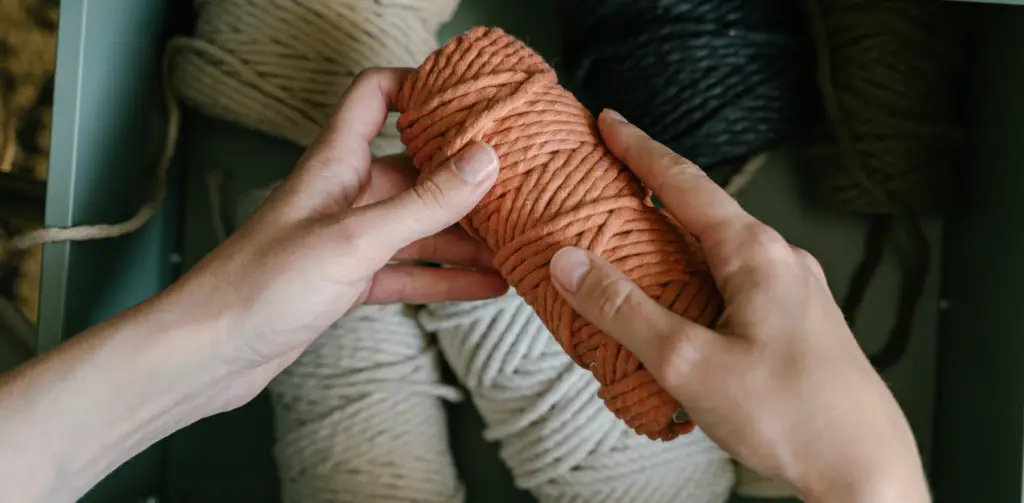
Drying Macrame: Preserving Your Creations and Preventing Damage
Proper drying is a crucial step in macrame care, as it ensures your pieces stay beautiful and free from mould, mildew, and fading. Here are some essential tips for drying your macrame:
Preventing Mould and Mildew:
1. Thoroughly Squeeze Out Excess Water: After washing your macrame (or if it gets wet), gently squeeze out excess water by pressing it between clean, dry towels. Avoid wringing or twisting, as this can damage the knots and cords.
2. Shape it Correctly: Lay your macrame flat on a clean, dry towel or cloth. Take care to reshape it back to its original form, ensuring knots and loops are properly aligned. Proper shaping will help your macrame maintain its design and structure as it dries.
3. Choose a Well-Ventilated Area: Place your macrame in a well-ventilated space with good air circulation. This is essential for quick and even drying, which helps prevent the growth of mould and mildew.
4. Avoid Direct Sunlight: While macrame can be exposed to sunlight in moderation, direct sunlight for extended periods can lead to fading of colours and weakening of natural fibres. To preserve your macrame’s vibrancy, choose a location away from direct sunlight for drying.
5. Check for Dryness: Macrame pieces can take some time to dry completely, especially if they are intricate or densely knotted. Periodically check the piece to ensure it’s drying evenly. Turn it over if necessary to ensure both sides are drying properly.
Additional Tips:
6. Use Fans: If you’re concerned about humidity or slow drying, you can place a fan nearby to improve air circulation and speed up the drying process.
7. Avoid Hanging Wet: While hanging macrame pieces for display is a common practice, avoid hanging them when they are wet or damp. Hanging can cause stretching and distortion, which may become permanent as the piece dries.
8. Store Only When Fully Dry: Once your macrame is completely dry, you can safely store it. Make sure it’s stored in a cool, dry place, away from moisture or humidity.
By following these guidelines for drying your macrame, you can help prevent the growth of mold and mildew while maintaining the quality and vibrancy of your cherished creations. Proper care will ensure your macrame pieces continue to enhance your decor for years to come.
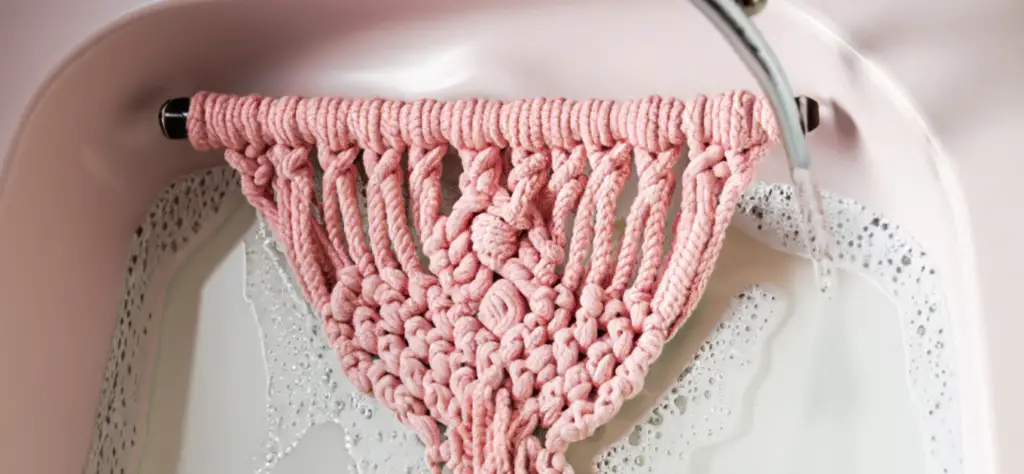
Preserving Colour and Quality in Coloured Macrame
Coloured macrame can add a vibrant and eye-catching touch to your decor, but it requires some special care to maintain its colour and quality over time. Here’s how you can ensure the longevity of coloured macrame:
Maintaining the Vibrancy of Coloured Macrame:
1. Avoid Direct Sunlight: Direct sunlight can cause colours in dyed macrame to fade over time. If possible, position your coloured macrame pieces away from direct sunlight or use curtains or blinds to block UV rays.
2. Regular Cleaning: Regular dusting and cleaning, as mentioned earlier, help prevent dirt and dust buildup, which can dull the colours. Use a soft brush or cloth to gently wipe down your coloured macrame to keep it looking fresh.
3. Washing with Care: If your coloured macrame needs washing, follow the hand-washing instructions mentioned earlier in this blog post. Use a mild detergent and lukewarm water, and be gentle to avoid colour bleeding or fading. Always rinse thoroughly to remove any detergent residue.
4. Fabric Protectants: Consider using fabric protectants or UV-resistant sprays designed for textiles. These products can help shield your coloured macrame from UV damage and slow down colour fading. Test the product on a small, inconspicuous area of your macrame first to ensure it doesn’t affect the colours or texture.
5. Storage: When not in use, store your coloured macrame in a cool, dry place, away from direct sunlight and moisture. You can cover it with a clean, breathable cloth or cotton sheet to protect it from dust and light exposure.
6. Rotate and Rearrange: To ensure even exposure to light and prevent one side from fading more than the other, periodically rotate or rearrange your coloured macrame pieces.
7. Professional Cleaning: If you have a particularly delicate or valuable coloured macrame piece, consider consulting a professional cleaner who specialises in textiles. They can provide expert care to maintain the vibrancy and quality of your creation.
By taking these steps to protect and care for your coloured macrame, you can enjoy its vibrant hues and intricate designs for years to come. Remember that proactive care is key to preserving the beauty of your macrame creations.
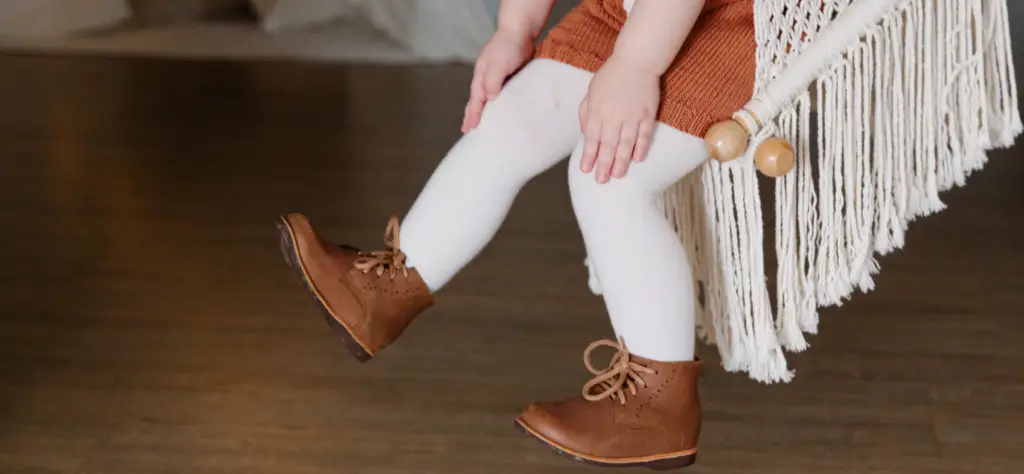
Considerations for Outdoor Macrame: Protecting Your Creations from the Elements
Using macrame in outdoor settings can create a charming and unique ambiance, but it also exposes your creations to various weather conditions. To ensure your outdoor macrame pieces remain beautiful and durable, it’s essential to address their special care requirements:
Special Care Requirements for Outdoor Macrame:
1. Choose Weather-Resistant Materials: When creating or purchasing macrame for outdoor use, consider using weather-resistant materials like synthetic fibres (e.g., polyester or nylon) instead of natural fibres. Synthetic fibres are less prone to moisture absorption and UV damage.
2. Seal or Waterproof Natural Fibres: If you prefer the look of natural fibres, you can apply a fabric sealer or waterproofing spray designed for textiles. This will help protect the macrame from moisture and UV rays. Reapply the sealant as needed, especially after heavy rain.
3. Regular Cleaning: Outdoor macrame is more likely to accumulate dirt, dust, and environmental debris. Regularly clean your pieces by gently dusting or wiping them down with a soft cloth. Consider a more frequent cleaning schedule compared to indoor macrame.
Impact of Weather Exposure and How to Protect Your Macrame:
1. Sun Exposure: Prolonged exposure to direct sunlight can cause natural fibres to weaken and colours to fade. To protect your outdoor macrame, hang it in a partially shaded area or use an outdoor-rated UV-resistant spray to shield it from harmful UV rays.
2. Rain and Moisture: Rain can lead to mould, mildew, and damage to natural fibre macrame. Here’s how to protect against it:
– Take down your macrame during heavy rain or storms to prevent water saturation.
– Use waterproof coverings, like awnings or outdoor furniture covers, to shield your macrame during inclement weather.
– Regularly inspect your outdoor macrame for signs of mould or mildew, and address any issues promptly using appropriate cleaning methods.
3. Wind and Debris: Wind can cause your macrame to tangle, fray, or become damaged. To mitigate this risk:
– Securely anchor your macrame to prevent excessive swinging or tangling.
– Trim any loose or frayed cords to prevent further damage.
– Remove leaves, twigs, or other debris that may accumulate in your macrame.
4. Extreme Weather: If you live in an area prone to extreme weather conditions like hurricanes or heavy snowfall, consider taking down your outdoor macrame and storing it indoors during such periods to prevent damage.
5. Regular Maintenance: Perform routine inspections of your outdoor macrame to identify any signs of wear or damage. Make repairs as needed to ensure the piece remains in good condition.
By being proactive and mindful of the specific challenges posed by outdoor settings, you can enjoy the beauty of your outdoor macrame while extending its lifespan. Careful attention to materials, protection from the elements, and regular maintenance are key to preserving your outdoor macrame creations.
FINAL THOUGHTS
I hope that this guide has been able to answer your questions about caring for your macrame, covering everything from washing and cleaning to drying and maintaining the vibrancy of coloured pieces. I know it’s been quite a long read, but your beloved macrame creations are worth every bit of care and attention they receive.


